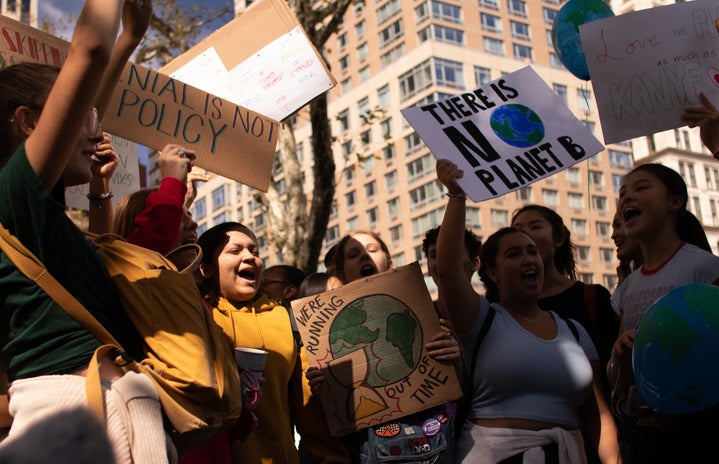Climate change and global warming are causing an increase in the frequency of storms occurring in recent years.
Storms Brendan, Ciara, Dennis, and Ellen have already battered the country over the first two months of 2020, with Storm Jorge being the last of the five to wreak havoc. However, many more are expected to come throughout the rest of the year.
Climate Change Post stated that this increase in storms and the intensity of storms are “substantially as a consequence of enhanced global warming.”
The increase in temperatures globally is resulting in the formation of more tropical storms and hurricanes annually. Currently, the sea surface levels in the western tropical area of the Atlantic are above the threshold of 27 degrees Celsius which is required for the development of cyclones.
The Centre for Climate and Energy Solutions stated that these warmer sea levels are increasing the moisture within storms by 10 to 15 per cent as well as increasing the speed of winds and hurricanes by 10 per cent.
The Centre also said that the rising sea levels are contributing to the increase in storms, with a higher sea level resulting in more damage being caused during these hurricanes.
Areas that typically would not have been affected by violent storms in the past are now being hit with them more frequently as a direct result of global warming.
The rising global temperatures are causing tropics to shift north in the world, meaning that countries that previously wouldn’t have been in the firing line of severe storms are not being impacted more and more by them, according to the Centre.
While a way to reduce the frequency of these storms over time is to lower our emissions by reducing our carbon footprint, direct precautions can be taken to reduce the destruction they may cause.
By making buildings more resilient to high winds and storm conditions through material used in their construction, the likelihood of damage can be greatly reduced.
Coastlines in Ireland, particularly along the west often experience the worst consequences of storms that hit the country, with most coastal towns becoming flooded. A precaution given by the Centre for Climate is to build barriers along coastlines, such as dunes and seawalls to reduce the impact flooding will have on local roads and villages.
While the anticipation for many more storms this year will remain, reducing emissions by lowering the use of fossil fuels can lead to a long-term solution in creating fewer storms.



